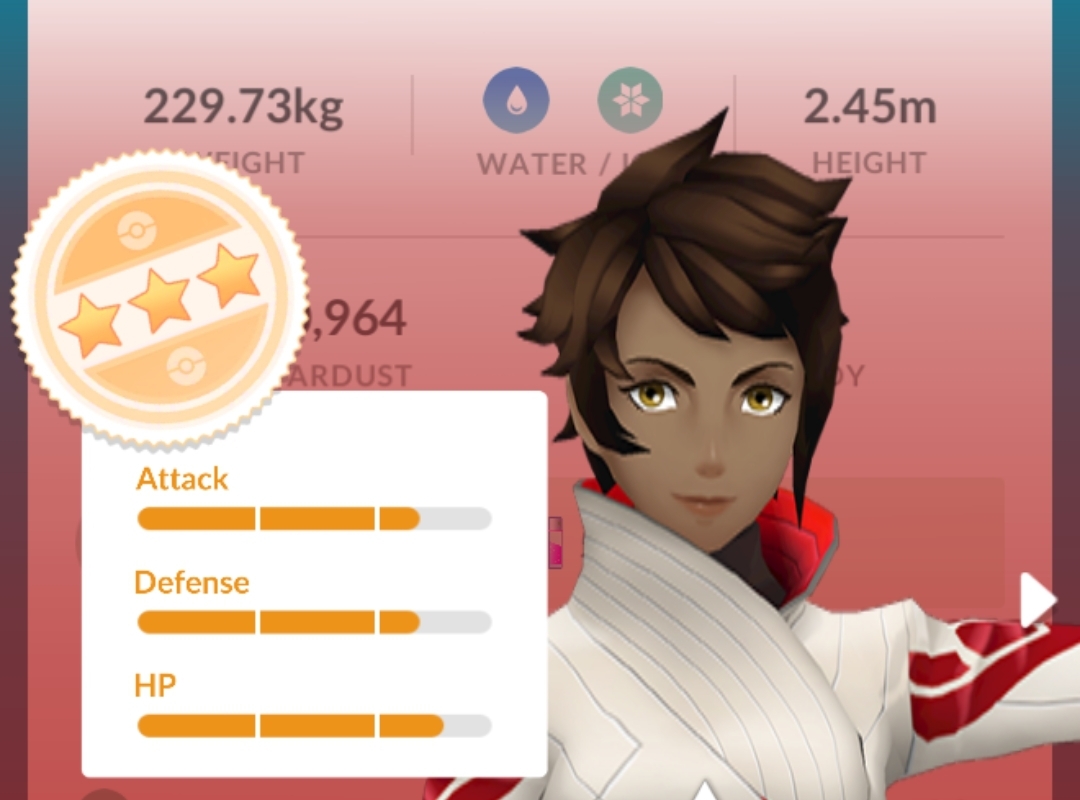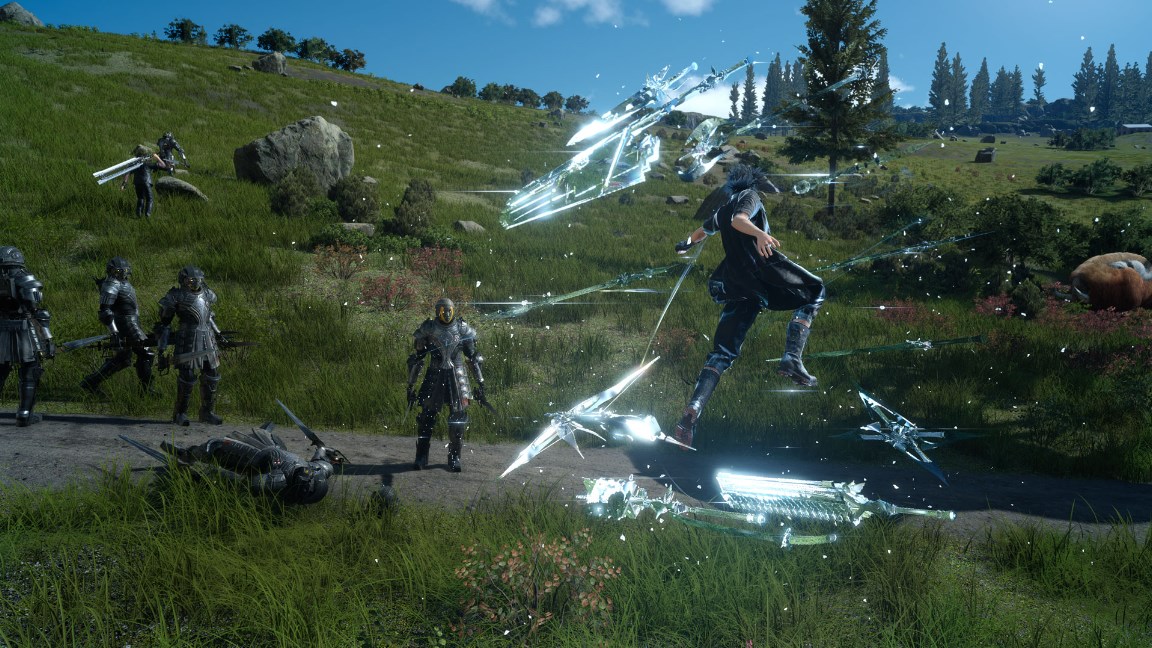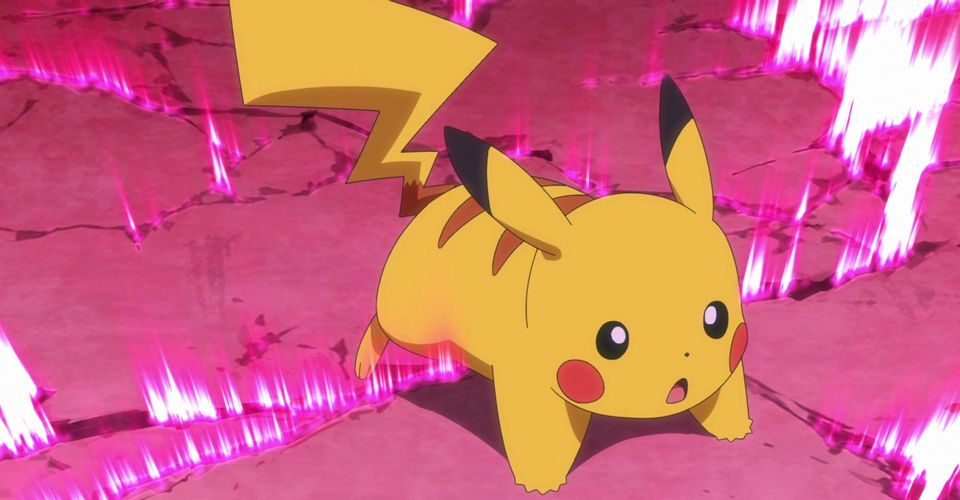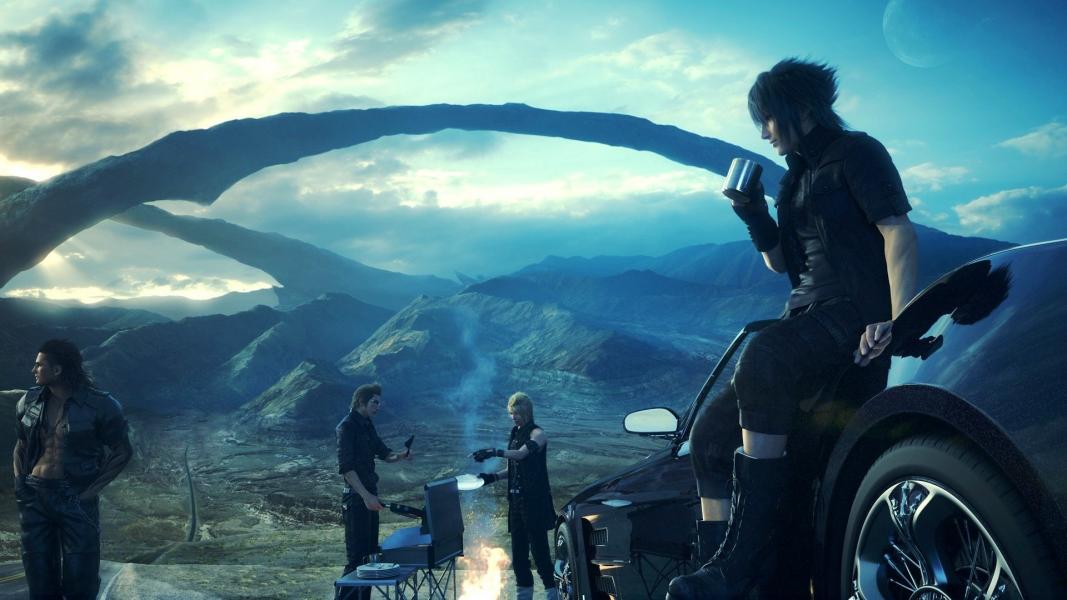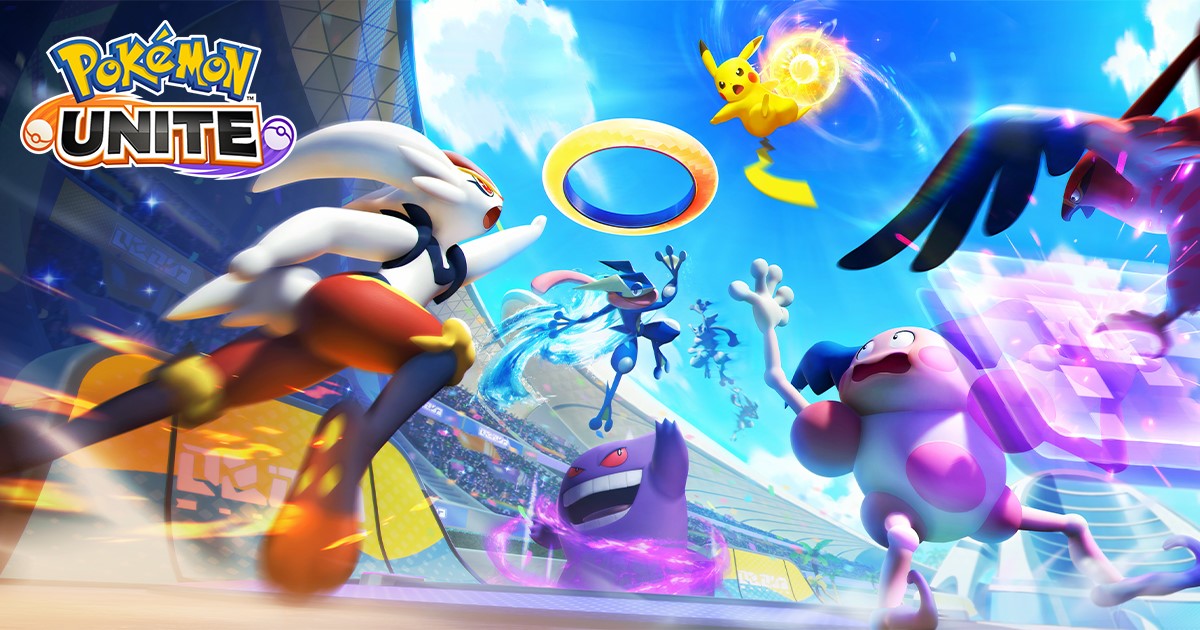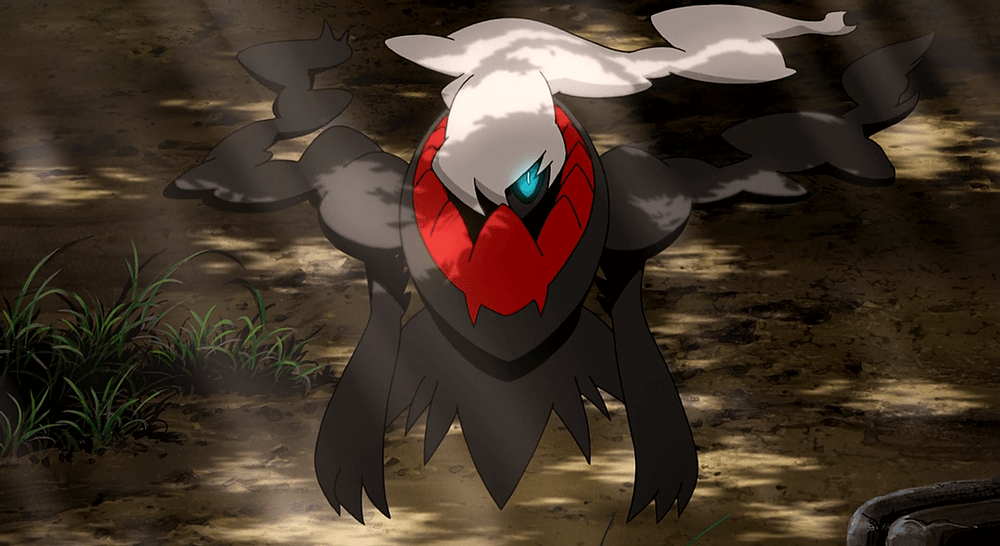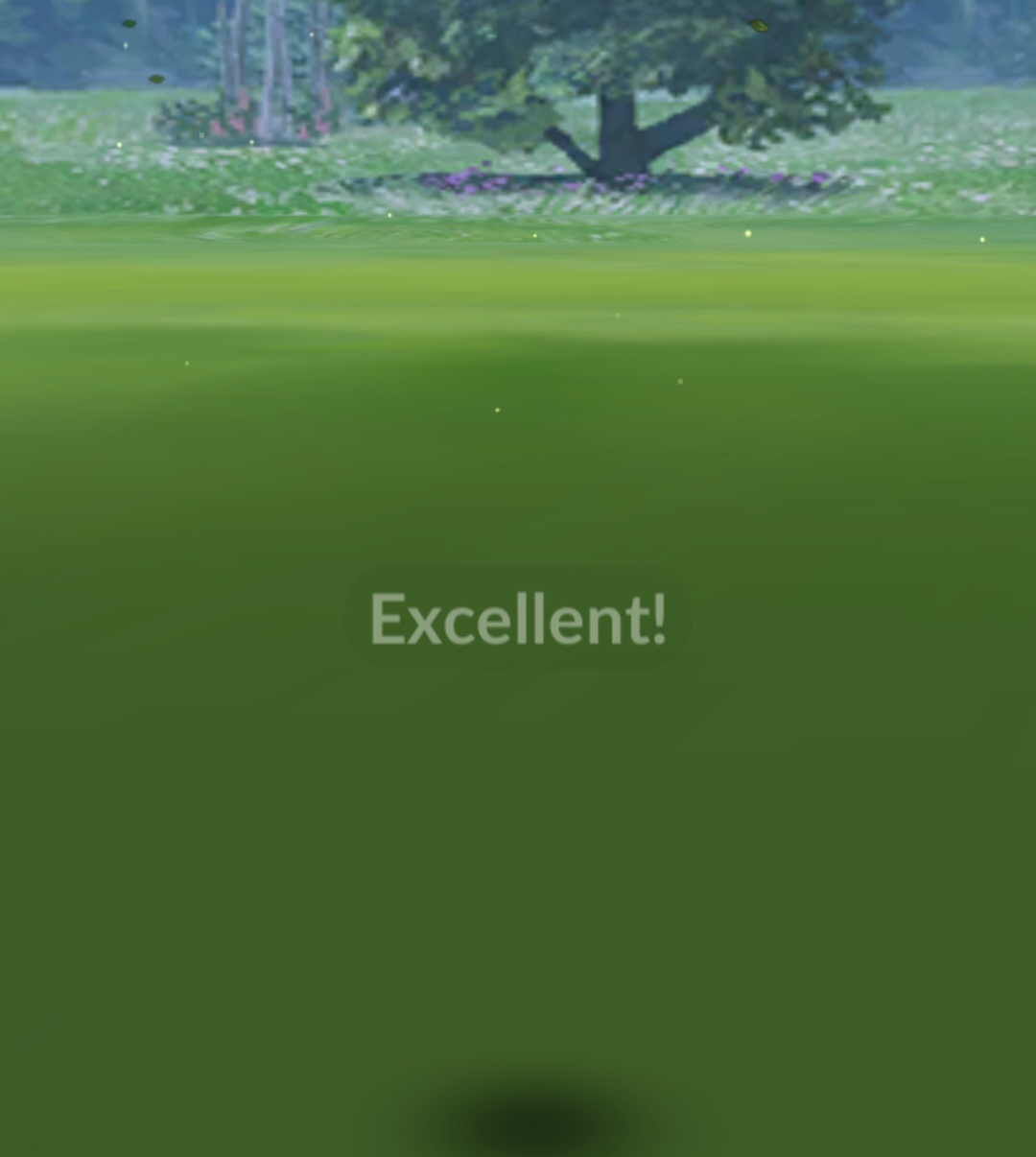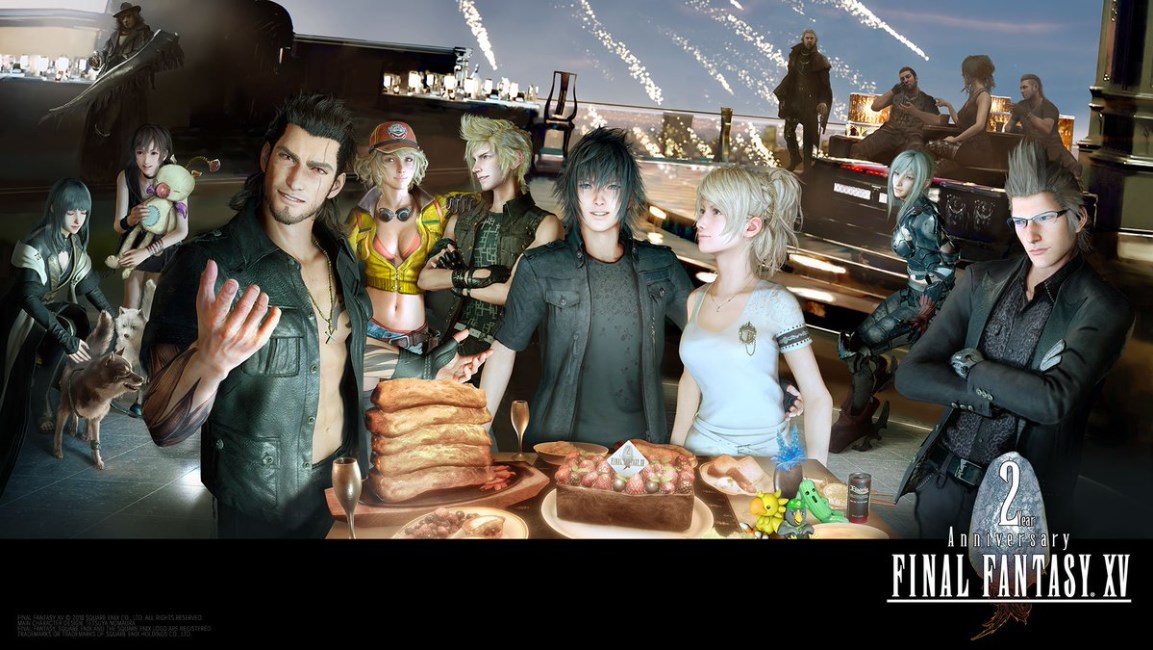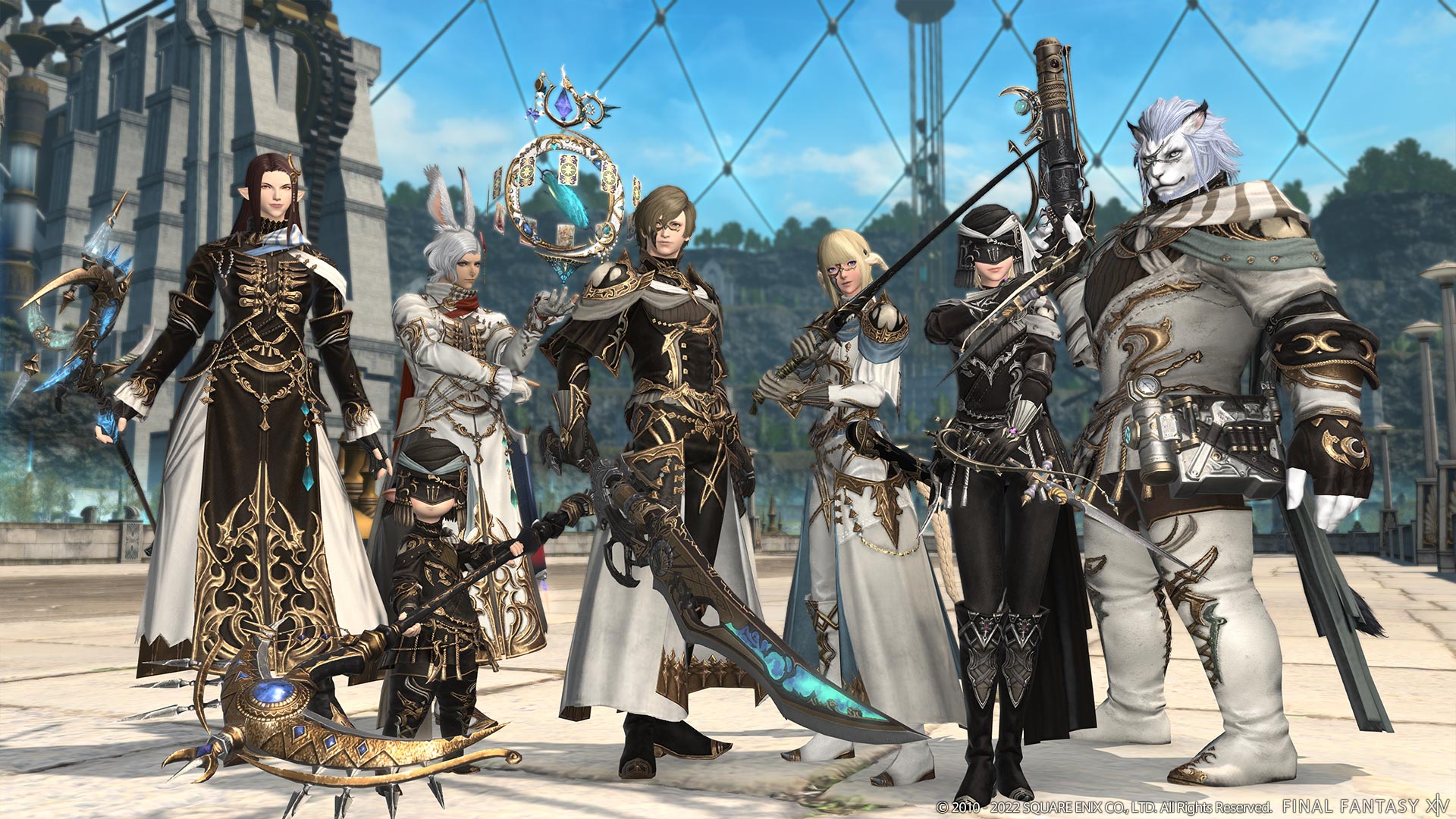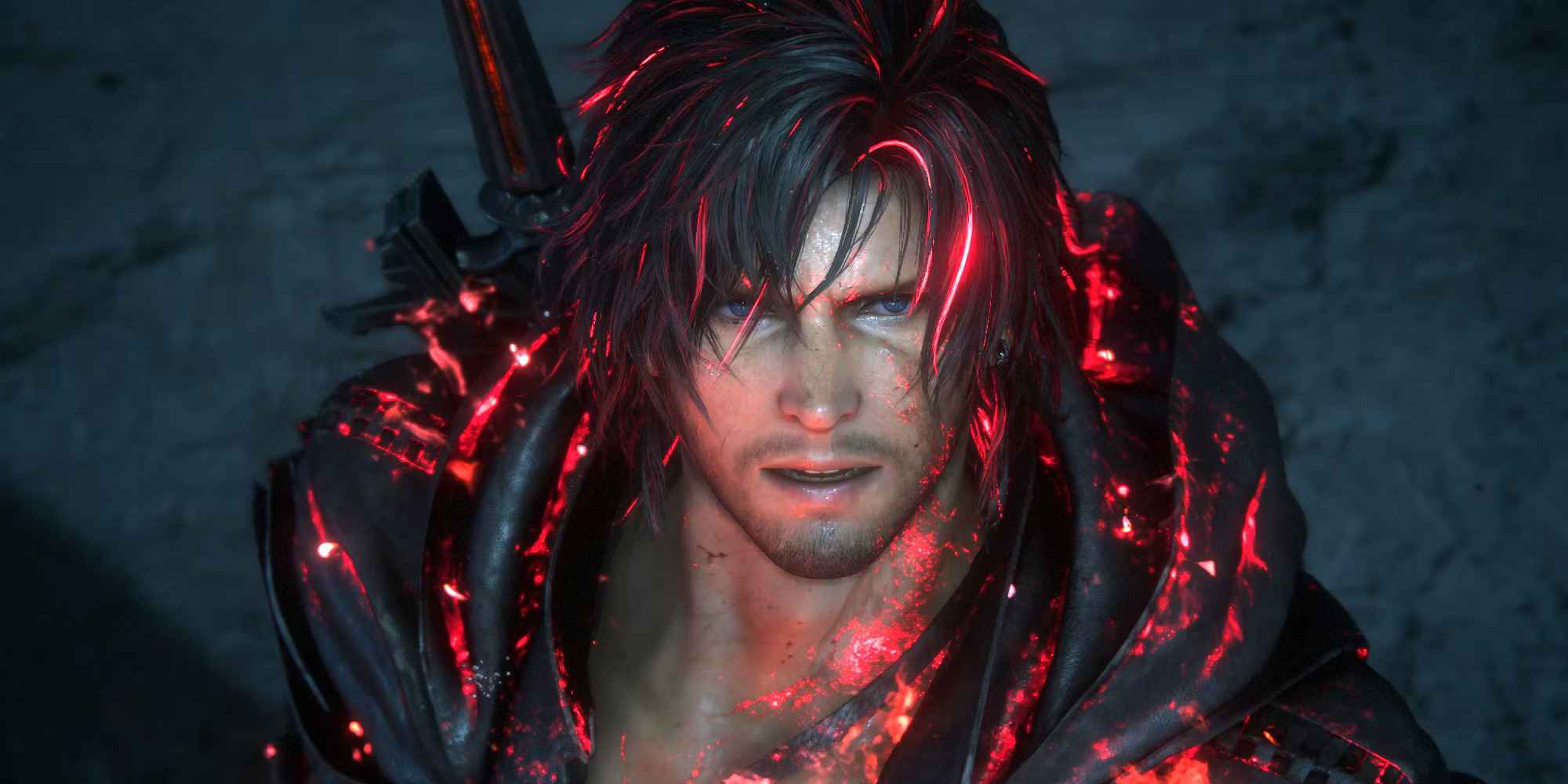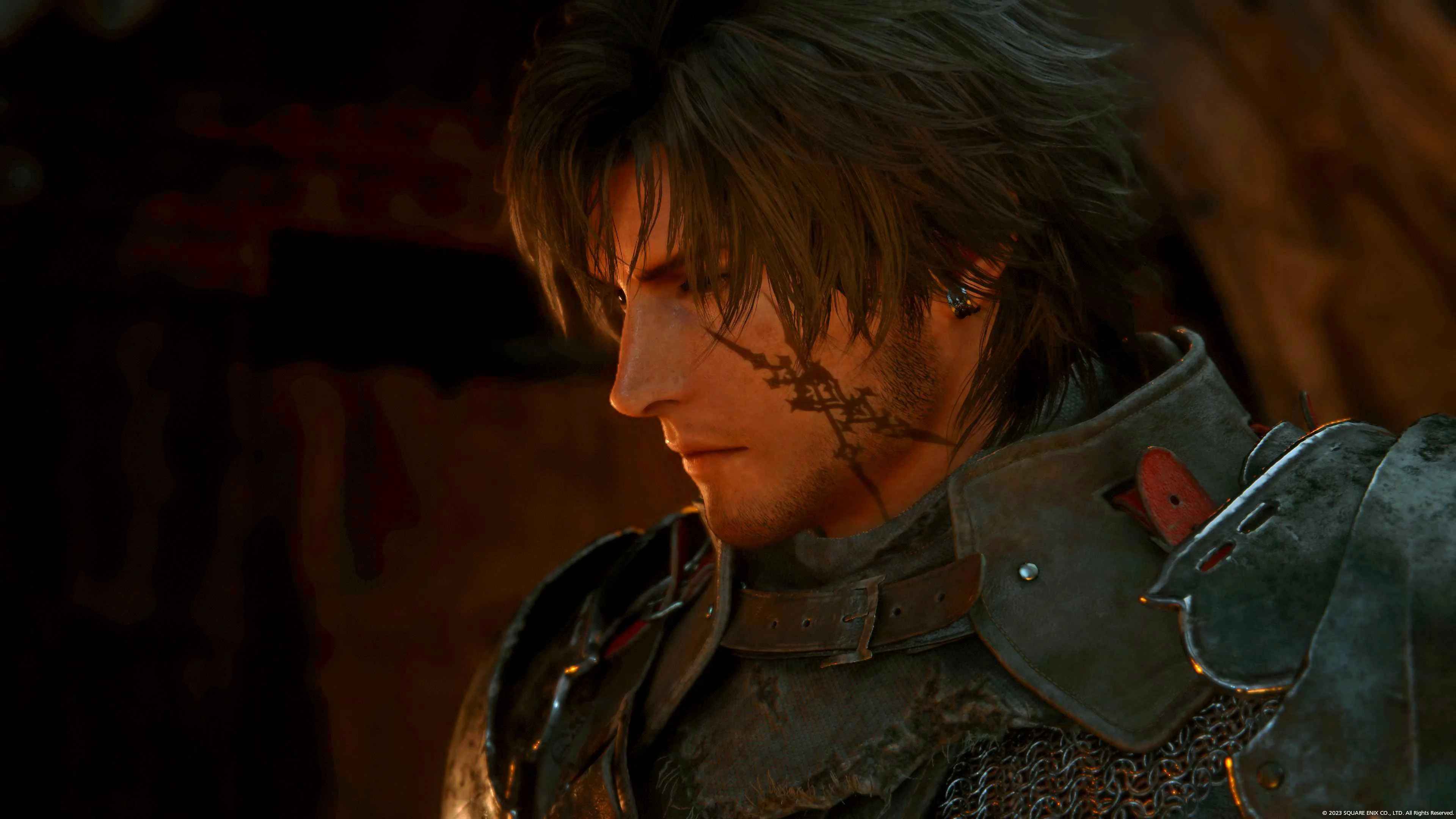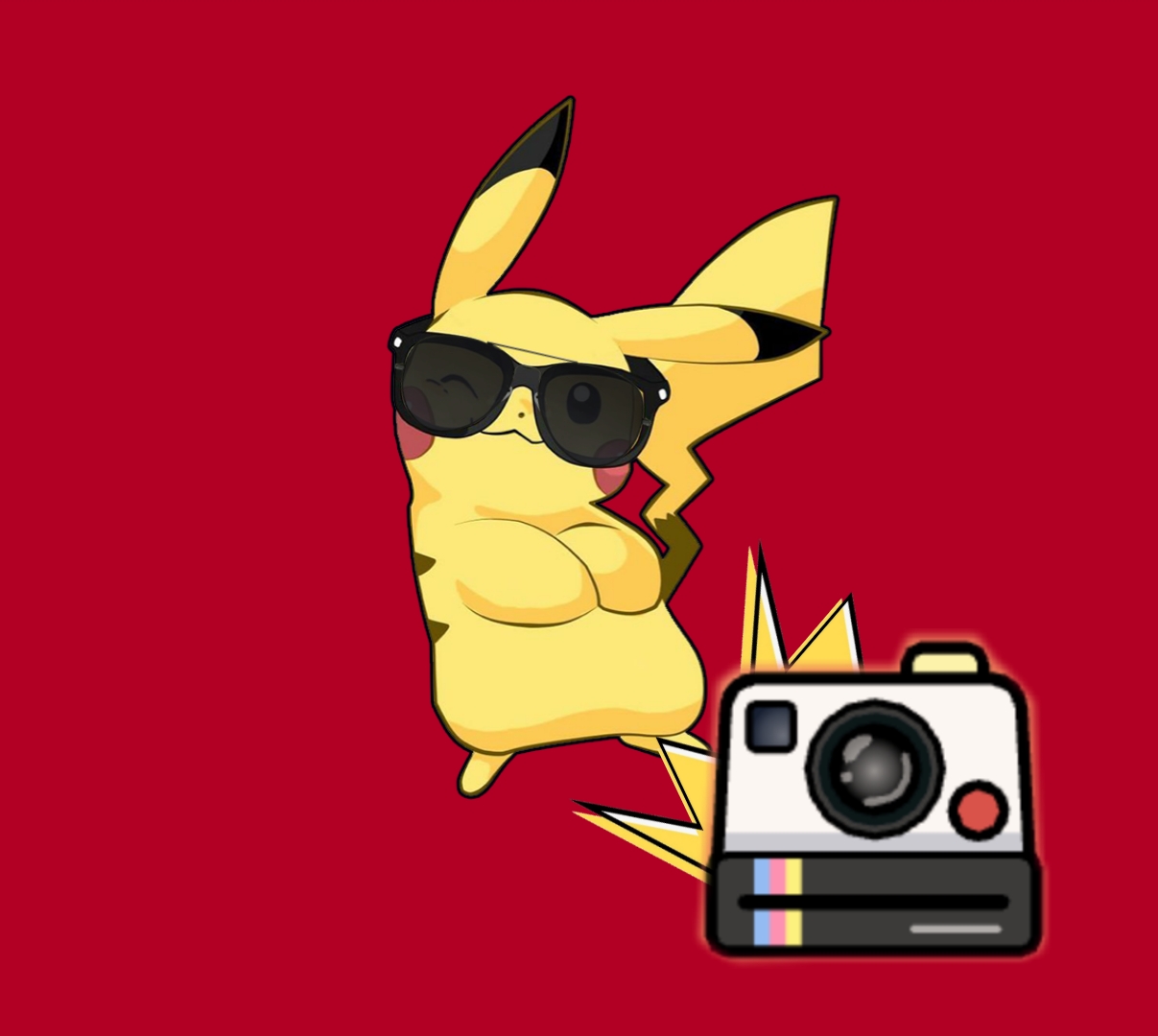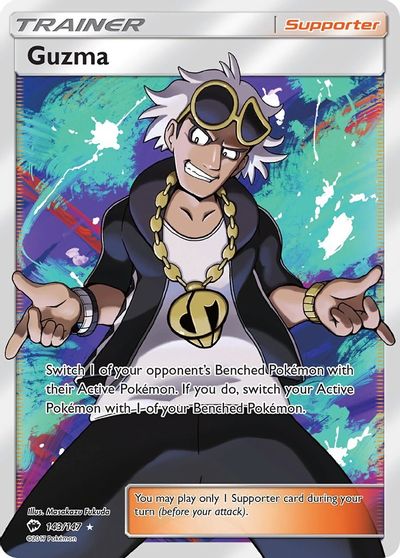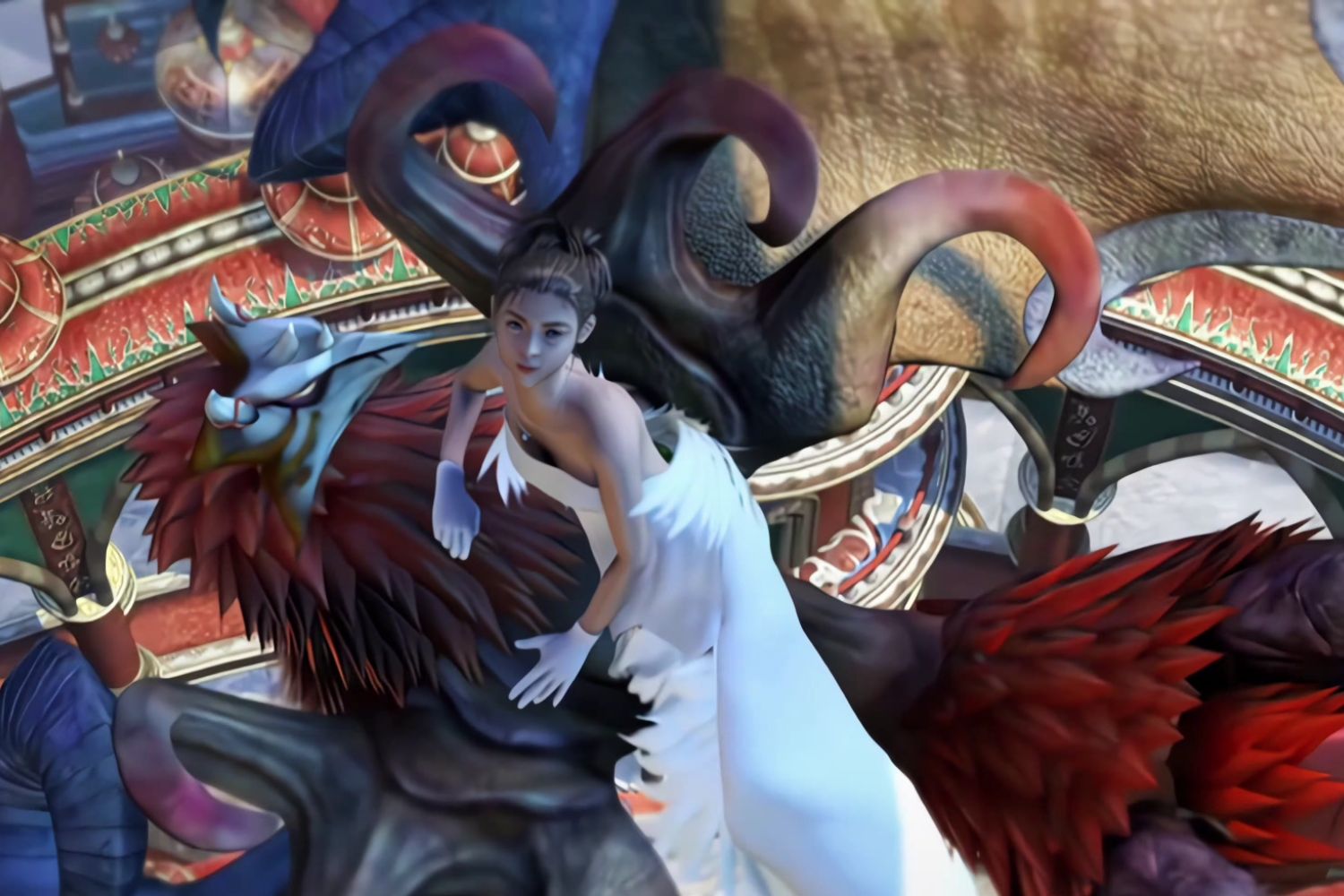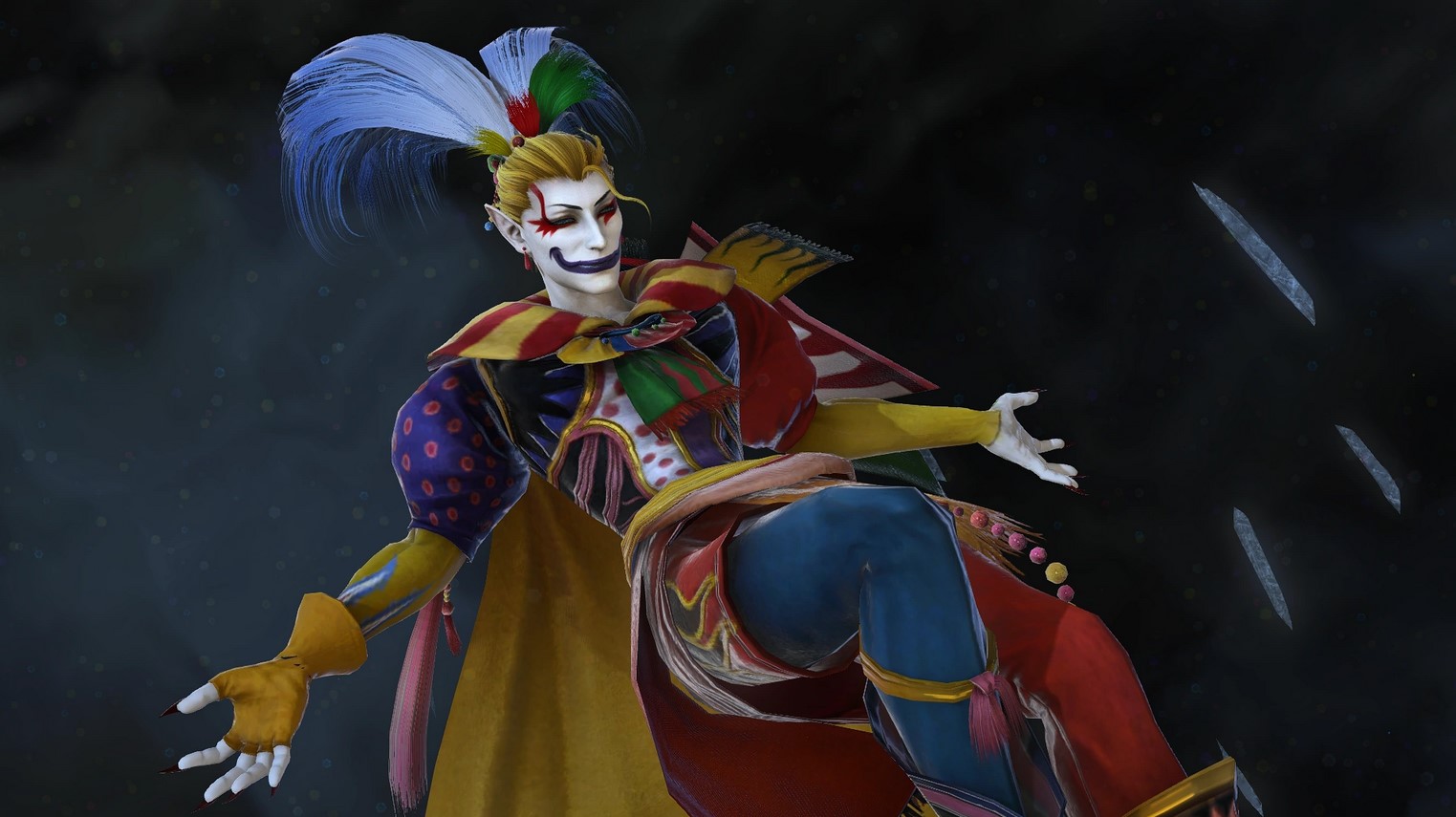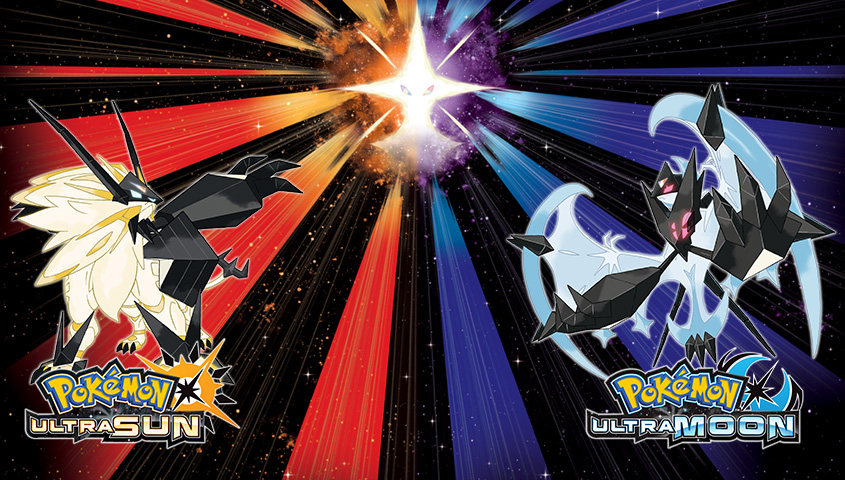
RPGs are a major portion of the Japanese gaming industry. The genre is growing in popularity in the West, particularly with Final Fantasy XIV running neck and neck with World of Warcraft. Let’s look at how big the genre has gotten with a list of the top 15 JRPG series of all time. Note that this list has a few criteria. First, the majority of the games in a franchise have to be officially released worldwide in some form. Second, the game series must have the majority of its titles as JRPGs. This means that Yakuza, a beat-em-up that only recently had a JRPG title with Like A Dragon, will not be eligible. With that out of the way, let’s begin.
15. Chrono Series (1995)

After the somewhat dreary Final Fantasy VI, a lot of people at Squaresoft wanted to do something a bit less depressing than the bittersweet ending, where the world had to be rebuilt after being destroyed and a whole species was the victim of genocide. So what did they do? Call Akira Toriyama, along with many major players in the JRPG industry. This included Hironobu Sakaguchi (creator of Final Fantasy), Yūji Horii (creator of Dragon Quest) Nobuo Uematsu (Final Fantasy composer), and Kazuhiko Aoki (Final Fantasy IV designer). What followed was one of the biggest games to be stuffed onto a SNES cartridge at 32 MB.
The story holds up. At a fair, someone’s teleportation machine accidentally becomes a time machine, which is better than the demon summoning machine in Doom, and on the way home from a time travel adventure, the party impulsively dives into another time portal, falling into an apocalyptic future caused by a planet-eating parasite. Determined that their calling is to kill the parasite, they round up a party from across the eras to take it out.
One of the things that set it apart is the multiple endings. Depending on when you defeat the boss, you can get a different ending. These range from serious to funny to just plain weird. The hardest one to get is when you have to fight Lavos by yourself. But if you do it, you’re in for a treat.
The next game in the series, Crono Cross, deals with the unintended fallout of time travel. It still maintains and improves on much of the original, and there is an expansive cast of characters. It got a perfect score from many outlets but was a little divisive among fans. Try these games out for yourself, as ports are available for a variety of platforms.
Total Units Sold: 5,500,000
14. Mana (1991)
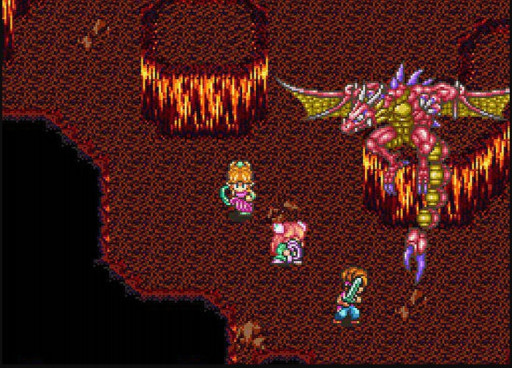
The Mana series has often been unique. Since it was first released as Final Fantasy Adventure to capitalize on the other series’ popularity, the series has had a rocky road. Secret of Mana, which had been intended for the PlayStation back when the PlayStation was intended to be an add-on for the SNES, had to delete 30% of its game when Nintendo broke its relationship with Sony. Trials were never localized, and while Legend was good, no one was sure what to make of its drastic changes in gameplay and story design. But despite these setbacks and weirdness, is the series still successful enough? Why?
The graphics and music are two of the most appealing aspects. The gameplay is good. But whether it’s Secret of Mana, Trials, or Legend, there’s always something new to see or listen to. Though some of the recent remakes have had troubles in these departments, they can still draw a crowd.Aside from the wonderful graphics, the stories, though straightforward, are masterfully executed. The bosses are epic. Trials of Mana has you fighting a dragon while riding on top of your own dragon. Unlike many RPGs, your physical attacks are just as epic as your magical attacks. Look up videos of Legend of Mana’s special; techniques.
The Mana series re-releases have shown the series has a lot of potential, and you might find a lot of enjoyment there. Just get the original 16-bit remake for Secret of Mana. The 3D version has horrible voice actors.
Total units sold: 8,000,000
13. The Xeno Series (1998)
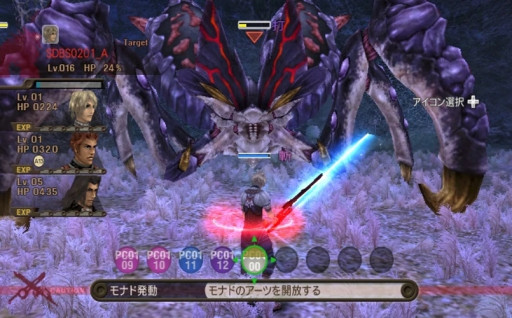
The Xeno games consist of Xenogears, Xenosaga, and Xenoblade. Xenogears was a stand-alone game, Xenosaga was a three-game series, and Xenoblade is ongoing. Each of these series tells its own story and, like many of its contemporaries, has loose references to past games, mostly as a form of fanservice and sometimes as a way to provoke discussion among fans. There have been many posts over the decades discussing how each game connects to past games. Xenogears was originally conceived as the story for Final Fantasy VII, and later as a sequel to Chrono Trigger. Xenogears originally had a sequel planned, but it got axed in part due to Square investing a lot of money into Final Fantasy: The Spirits Within. Spoiler: Xenogears would have been the better investment.
There are a few things that set this series apart. While many JRPGs were sticking with the fantasy setting or incorporating steampunk elements, the Xeno series was straight sci-fi with a smattering of fantasy elements. The other thing that makes the Xeno series unique is the amount of time spent in story-heavy cutscenes dealing with things like religion, philosophy, and politics.
For a lot of gamers, this can be a selling point. You don’t sell 9 million copies if it doesn’t hook somebody. However, it has had a rocky road. The series went to two different publishers, both of whom found the sales to be underwhelming. As a result, many aspects of Xenogears and Xenosaga had to be cut and rushed. Now that Xenoblade, under the management of its creators’ own studio, is becoming successful, we may see what kind of story this series can tell without being rushed.
Xenogears and its sequels broke new ground in terms of what stories games could tell. Others would go down the path it carved. For that, it deserves its success.
Total units sold: 9,709,843
12. The SaGa Series (1989)
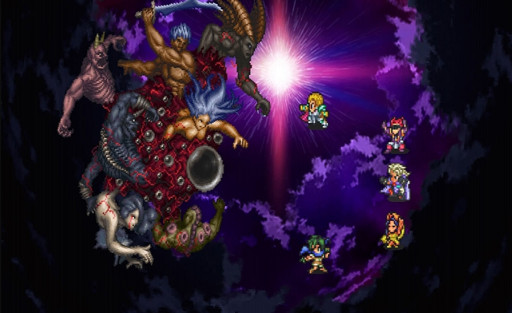
With the Game Boy becoming popular, Squaresoft wanted an RPG on the Game Boy. But they needed something different from Final Fantasy. What was created was SaGa. Oddly enough, despite wanting to make the series distinct from Final Fantasy, the first SaGa game released in the U.S. was called Final Fantasy Legend. For a variety of reasons, the series was rarely released in the United States after that. First, developers weren’t sure Western audiences were ready for a game that difficult. The few that did had trouble finding an audience. Second, many of the SaGa games were released on the Japan-only WonderSwan handheld years before they were ported to various phone app stores. With the remasters and new titles, it seems to have found its niche.
There are a few things that set SaGa apart from other RPGs. For starters, it’s a lot more open-ended. You can choose which quests to complete and in what order. However, in some games, the difficulty can scale based on how many random encounters you get into. This discourages level grinding. The other thing that makes the game different is its leveling system. Instead of experience points, you level up individual stats based on what you do in battle. It’s a lot like Final Fantasy II or RuneScape. Other games in the series use different leveling mechanics for different characters. In the original SaGa games, humans increased their stats with items. Mutants level up based on their actions in battle. A monster character would change based on what monster meat they ate. Various iterations of the franchise have different mechanics, but one thing remains the same: Challenge.
Millions of people like this series. Having more freedom to decide how the story plays out was an innovative concept that would be adopted in many role-playing games both in the East and the West. Some of the games have the story told from the perspective of different characters. Others, like the Romancing SaGa games, take place across generations, so you can’t carry the same party (though skill levels carry over). These are innovative concepts. However, the SaGa games are hard. It takes some time and a restart to fully comprehend what's going on. Even though some of the Western releases do some things to mitigate the difficulty, like having an area where level grinding doesn’t count against you, it’s still hard. Sometimes to the point of breaking its own rules. Some of the bosses can pierce through items that grant immunity to certain attacks, for example. If you like a challenge, this series might be up your alley.
Total units sold: 10,000,000
11. Yo-Kai Watch (2013)
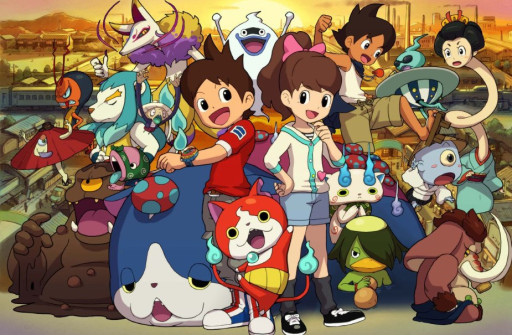
Yo-Kai Watch is a bit more down-to-earth than many other mons series that have come and gone over the years. Instead of going on a world-spanning journey, the protagonists of Yo-Kai Watch barely leave their neighborhood as they search for mischievous spirits called Yokai. Some are friendly and mostly require doing a specific task or giving them a specific food to earn their friendship. Others are not friendly, and you need your Yokai to handle them and stop them from making mischief.
The franchise was originally conceived as a Doraemon game before Level 5 went in a different direction. The CEO of Level 5 did extensive research on how to make a franchise last. It includes manga, an anime that is currently streaming on Netflix, and toys. Lots and lots of toys.
Level-5 poured a lot of love into this series, and many of the ideas they had in their other games find their way here. Recruiting some Yokai by helping them with problems is reminiscent of Dark Cloud 2’s recruiting system.
Instead of fighting criminal organizations or being the very best monster trainer, you’re mostly concerned with solving everyday problems and stopping minor mischief. It made masterful use of the 3DS system. It was a perfect game for little kids who are curious about JRPGs.
Total units sold: 17,000,000
10. Persona (1996)
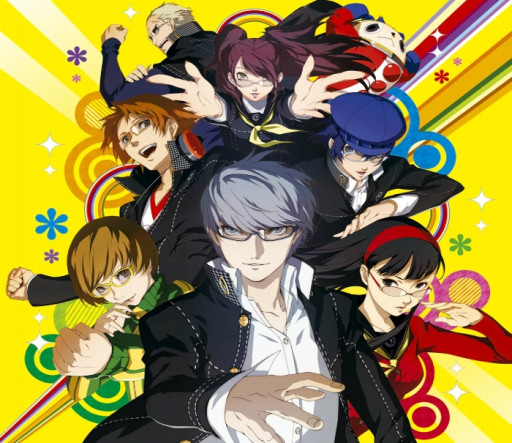
Originally released as a spinoff of the Shin Megami Tensei games, the Persona series asked the question, "What if the Shin Megami Tensei games took place in an ordinary Japanese high school?" No really. In the first game of the series, Shin Megami Tensei if… that question is asked in the opening.
While the game itself had its problems, the idea of taking the often apocalyptic setting of Shin Megami Tensei and putting it in a high school and using it to be more relatable to the less larger-than-life problems faced by teenagers like family expectations, grades, and romantic struggles, led to the spin-off becoming successful. From there, the idea was to use Persona as a more accessible way to get people into the Megami Tensei franchise. Over time, it became something more. It had become so popular that Atlus started focusing more on Persona than on Shin Megami Tensei.
Its first game, Shin Megami Tensei if… had the same rough-around-the-edges but still enjoyable gameplay that the first mainline games in the series had. The first few Persona games were good, but it wasn’t until Persona 3 that Atlus perfected the formula that Persona became known for.
By day, you’re an ordinary high school student, getting good grades, building up your social stats and popularity, and building relationships with your assorted classmates and quirky townspeople. By night, you enter a parallel world, fighting monsters using your own monsters, called Personas, to solve a mystery and expose corruption. Your relationships with people in your ordinary life help build your personas, and your adventures in the other world can help you in your ordinary life. The trick is, you only have a year to do it all.
Even if some of the cultural references can be hard to understand, Persona games are still fun. Fusing monsters to create gods is rewarding. Learning more about your classmates and townspeople is rewarding and often amusing. The series is rewarding, and I recommend checking it out.
Total units sold: 16,800,000
9. The Mario RPGs (1996)
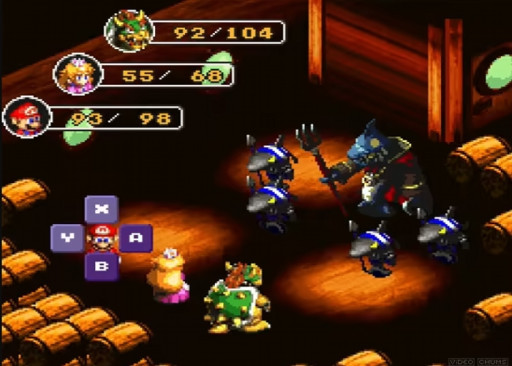
One day, Shigeru Miyamoto had an idea: Make a JRPG with everyone’s favorite plumber, incorporating Mario mechanics into RPG form. Hammers would replace swords. Jumps and fireballs would replace traditional magic, and your ability to time your hits for extra damage or counter the enemy’s attack would be an integral element of gameplay. This would become Super Mario RPG: Legend of the Seven Stars.
It was Squaresoft’s final release on the SNES in America. And it performed beyond expectations. It was originally expected to only sell a few hundred thousand units. Instead, it became one of the best-selling games of the era.
Due to issues with copyright resulting from Nintendo and Square’s falling out, Stars never got a true sequel, but there have been many spiritual sequels using similar mechanics, including Paper Mario and Mario and Luigi. The resulting spinoffs have made Mario a force in the JRPG world.
Mario RPGs focus on accessibility. You may not know everything about JRPGs, but you can pick a Mario RPG and get the picture quickly. While other RPGs are brooding and dark, Mario RPGs focus on humor. And there are a lot of interesting mini-games. Mario RPGs are a JRPG for every gamer, young and old.
Total units sold: 19,200,500
8. Shin Megami Tensei (1987)
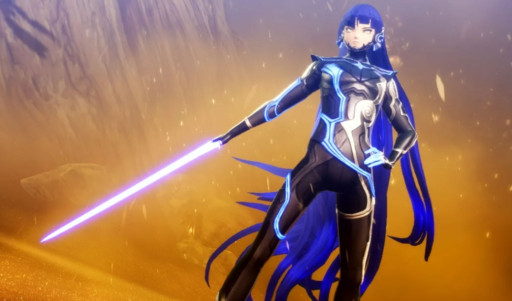
Need a little more maturity in your Mons games? Try Shin Megami Tensei. While many Mons games want you to be a master or use your Mons to solve minor problems, in Shin Megami Tensei, you’re trying to prevent, decide the outcome of, or survive the aftermath of an apocalypse. Usually by deciding to side with gods or demons and often ruminating on the human condition.
It was one of the first RPGs to use a modern setting, based on a science fiction novel written by the creator. The games and their various spin-offs share similar themes. Said themes, along with a lot of religious imagery, are one of the reasons the SNES titles were never localized. This is probably for the best as the early games were rough.
This maturity of themes is one of the reasons the series is popular. The sheer variety of Mons is another. You can hire or create anything, from the cheerful snowman mascot Jack Frost to God himself. The fusion system allows you to build monsters from lesser monsters that you can recruit in dungeons.
If you enjoy a Mons game with a bit more edge, you might enjoy this series. Various incarnations of past games are available on Steam. The newest one is available on multiple platforms. Give it a shot and see if it's right for you.
Total Units Sold 25,351,800
7. Tales
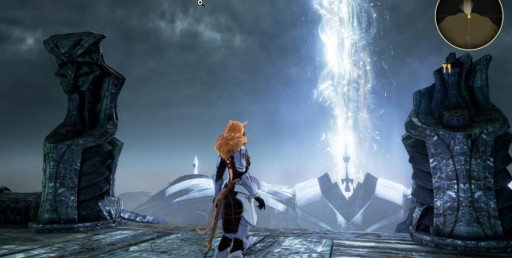
For those who want a little more action in their JRPGs, try the Tales series. The series got its start on the Super Famicom in the 90s. Many of the things that make the series different, like the character "skits," were created out of necessity. The SNES and PS1 couldn’t handle more than two characters talking at once. The resulting skit system was created out of necessity and is one of the reasons people keep coming back to the series.
The other reason is the combat. Battles take place in real-time, similar to a brawler, and you control one character who can freely switch between while giving orders to the other characters. Much like in Secret of Mana, there’s a multiplayer element where a second player could take control of one of the characters. Otherwise, they’ll be handled by the AI. Otherwise, you can give them orders. They’re typically good at following them, but that can depend on their relationship with the party.
Many RPGs have a party system, but few use it as well Tales. Instead of being background widgets you use to help your main character, investing your time into getting to know them is a necessary game mechanic. If you want a JRPG with a bit more character development, check out a Tales game.
Total Units Sold: 27,750,000
6. Dark Souls
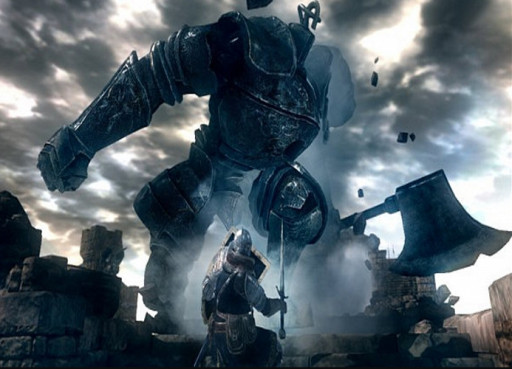
Death is a fact of life. Particularly in the Souls games. If you want a real challenge, this game is for you. And its appearance on this list proves that a lot of people do relish in the challenge. Or like dying a lot. The jury’s still out.
After Armored Core’s disappointing sales figures over the years, From Software decided to go in a new direction. Instead of mech games where you stabbed and blew things up, they created fantasy games where things stabbed and blew you up. They were encouraged by the performance of Demon Souls but couldn’t use the name since the IP belonged to Sony. Thus, they created Dark Souls.
The games are a bit different from most on this list since there is no party. There is no tutorial fairy to hold your hand. And no holding bag in which to conceal 99 Max Potions. You have to fight through the monsters with your skills, what little you can carry, and any tips other players leave behind.
This means a lot of trial and error and having to figure out the patterns of the monsters as they dismember you. Repeatedly.
These games are endurance tests. This series is for those who enjoy a good challenge. For those, like me, who have poor reflexes and no patience, maybe some other franchises on this list would be better. Because the developers won’t be changing things anytime soon.
Total Units Sold: 33,400,000
5. Kingdom Hearts
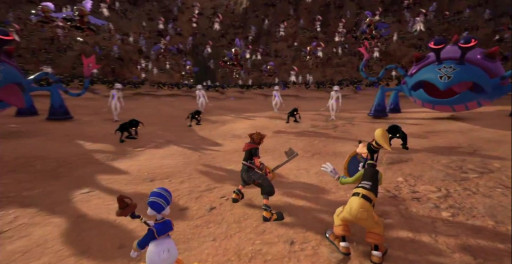
What do you get when you combine one of the biggest RPG series of all time, Final Fantasy, with Disney, one of the biggest movie studios in the world? You get Kingdom Hearts. And it all started with some elevator talk.
Square and Disney Japan shared a building. People in charge of both companies would ride the elevators together and wonder aloud what it would be like to work together. Over time, the enthusiasm built and created the 5th highest-selling JRPG franchise of all time.
Sora, Goofy, and Donald’s exploits against the Heartless and Nobodies have crisscrossed nearly every Disney franchise and brought plenty of star power along the way. Big-name actors, boy band stars, and people who have been in Hollywood for generations have lent their voices to the franchise.
The fact that the story continues from game to game is both a strength and a weakness. It’s nice that you can follow the same characters and their journey. But the story is difficult to follow if you haven't owned every game console released in the last 20 years. Despite this, the gameplay is fast, frenetic, and fun. It blends both Disney and Final Fantasy magic (both gameplay magic and metaphorical magic). The ability to use Disney Theme Park rides as special attacks in the latest installment is great. Kingdom Hearts stories will occasionally continue stories from the movies.
Whether you’re a JRPG fan or a Disney fan, this series might be fun. The learning curve isn’t big, but understanding the story requires some reading. Luckily, it’s frequently available in the game.
Total Units Sold: 36,000,000
4. Dragon Quest
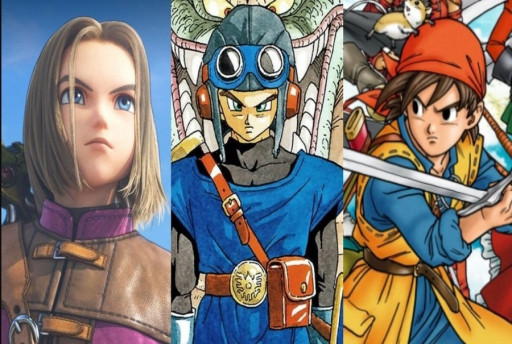
While Nintendo and Sega had their own console war going on in the ’80s and ’90s, there was a war going on in the JRPG industry. Square, with their flagship series Final Fantasy, and Enix, with their flagship Dragon Quest, were the two titans. The former is more popular in the West, while the latter is more popular in the East. Dragon Quest release days are on Sundays because all the kids would and did skip school on release days, causing the police to call it a problem.
What contributes to its popularity is that players know what they’re getting. You and a group of friends set out to stop a monster or demon from blowing up the world. Typical fare, but what draws people in is the cast of characters. Your silent protagonist plays the straight man to all manner of uptight knights, mages with a lack of social skills, and general kooks. All were drawn by Akira Toriyama.
The battle system is easy to grasp and hasn’t changed much over the years aside from adding special attacks and a character advancement system. And many of the monsters look funny and adorable. If it ain't broke, don't fix it, as the saying goes. And if the police have to tell you not to release your game on a school day, you might be doing something right.
Total Units Sold: 85,000,000
3. Monster Hunter

Some people like catching and befriending monsters. Some people like cutting them up and making clothing and weaponry out of them to enhance their ability to cut up more monsters. If you’re the latter type, there’s Monster Hunter.
Conceived as a way to take advantage of the capabilities of the PS2, namely the enhanced graphics and online capability, it became a massive hit. So massive that it briefly got its own theme park attraction at Universal Japan. But what makes it great?
For starters, there's customization. You can make your character look normal or ridiculous. You can take the monster carcasses and make them into powerful weapons and armor to build up your power and upgrade your character. Since there's no leveling system, you'll have to master the crafting system.
Secondly, there’s the scale. The monsters in these games are huge. In one of the most recent ones, you get a weapon to help you scale the monsters and attack their weak points, like in Shadow of the Colossus.
Finally, there is the online co-op. To take down these big beasts, it can help to have friends (though single-player is robust). Your group will consist of people playing different roles. There are ranged attackers, tanks, and someone just crazy enough to hop on a dinosaur’s head and hack at it until it goes down and exposes a weak point.
Put everything together, add in some stories with plenty of twists and turns, and some excellent graphics, and you can see why people love going on these hunts.
Total Units Sold: 88,000,000
2. Final Fantasy
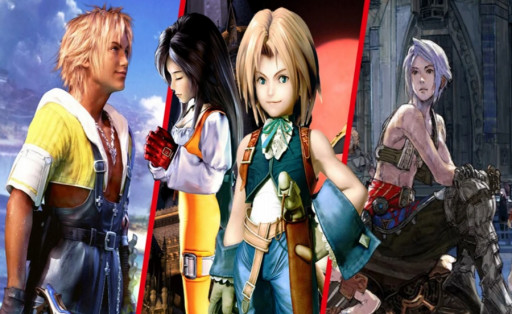
People who aren’t steeped in JRPG history often ask why Final Fantasy has the word "Final" in it. After all, there are 15 of them. That’s not counting the side games, the sequels, and the re-releases.
Long story short, it was intended to be Square’s final game. The company had successive commercial failures in every other genre and was having an identity crisis. There was only enough money to release one more game. A young programmer named Hironobu Sakaguchi always wanted to make a fantasy game, but Square thought it wouldn’t sell. Then Dragon Quest exploded in popularity. Deciding they might as well give it a try since they had no better ideas, they decided Sakaguchi’s project was crazy enough to work.
And work it did, and the sequel started being made. The game didn’t beat Dragon Quest in Japan, but it still sold well enough. And it blew up in America thanks to Dungeons & Dragons, which primed an audience for such a game. Many of the mechanics, like monsters having elemental weaknesses and having to manage your spells, were copied from the tabletop game. Along with so much of the bestiary, monster names had to be changed to avoid a lawsuit.
The gameplay has been refined over the decades. While the second game was not as well received, more followed and started building upon each other. Storytelling is also more varied. While there are stories of stopping megalomaniacal demons from taking over the world, there are also love stories and stories of political intrigue à la Game of Thrones.
The big variety of stories, and the online game helped it stay popular in America. It made Square a viable standalone company until the disastrous Final Fantasy movie nearly bankrupted the company and led to the merger of Square and Enix.
Total Units Sold: 173,000,000
1. Pokemon
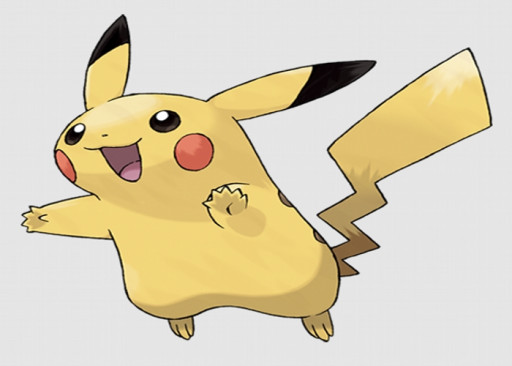
What can I say about Pokemon that hasn’t already been said in a million other articles like this? I could say that it’s the highest-grossing media franchise in existence at $100 billion. I could say that it makes more money for Nintendo than everyone’s favorite plumber. But we already know this. Let me tell you something you don’t know. Originally, this article was going to be about the top 15 individual JRPGs of all time, We had to change that to franchise because a whopping 11 of those games were Pokemon.
Satoshi Tajiri's dream to take his hobby of bug collecting and combine it with the Game Boy Link Cable blew up the gaming world. It added life to the Game Boy. It may have saved Nintendo itself. When Pokemon first came out, Nintendo was having a rough time. Nintendo’s consoles were having trouble due to massively bad business decisions like alienating Sony and creating a rival. The N64 was flailing thanks to a lack of third-party support and its awful controller. The GameCube had the same problem. But Pokemon’s handheld dominance gave Nintendo breathing room to survive until it created the Wii.
But how did Pokemon become so popular? The fact that it caters to gamers of all skill levels, be they the casual gamer who just wants to beat the Elite Four or the competitive player who wins the tournaments at the game shops, is only part of it. The real reason is that it knows what a JRPG is: A power fantasy. And for children, Pokemon is the ultimate kid’s power fantasy.
In America and especially Japan, the lives of children are scheduled and regimented. In America, you can’t go anywhere unless you can get a parent to drive you. In Japan, you may have to look over your shoulder because if some adult doesn’t like something you did out of school and calls them, you will hear about it from the teacher the next day in a lecture about how their out-of-school behavior brought dishonor to the school.
The world of Pokemon is a world where kids have a degree of freedom that kids in real life could only dream of. You can go somewhere by walking or biking. You don’t have to spend hours on large amounts of homework. You can have the coolest pets without traditional pet problems. And you can defeat adults who look down on you.
By giving kids the ultimate power fantasy, Pokemon became the most successful JRPG (and nearly everything else) of all time. Despite recent issues, Pokemon will continue to top these lists as long as the company corrects its course and focuses on its core demographic.
Total units sold: 440,000,000

